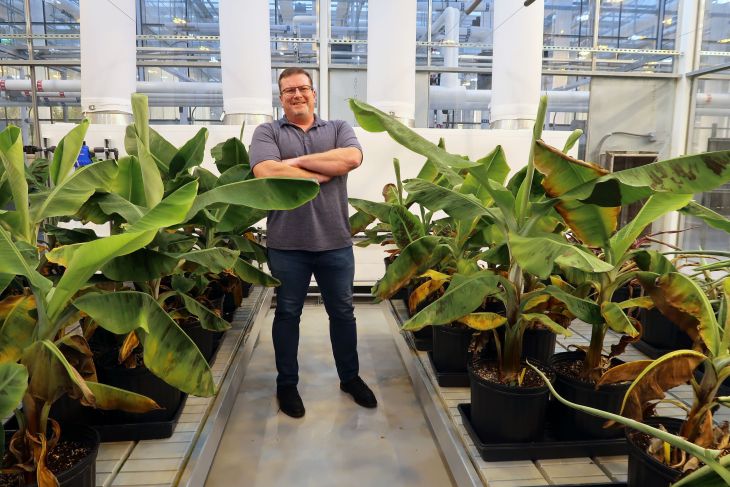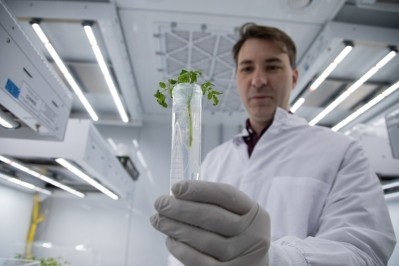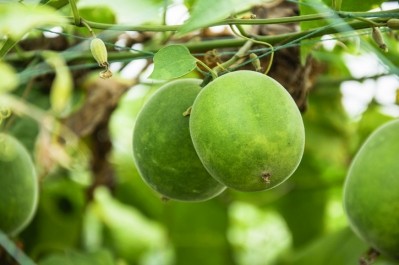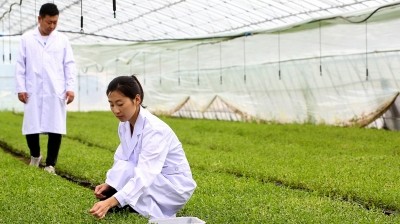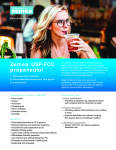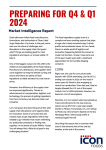Elo to commercialize new high-intensity plant-based sweetener in 2025 with sweeter, cleaner taste than monk fruit extracts
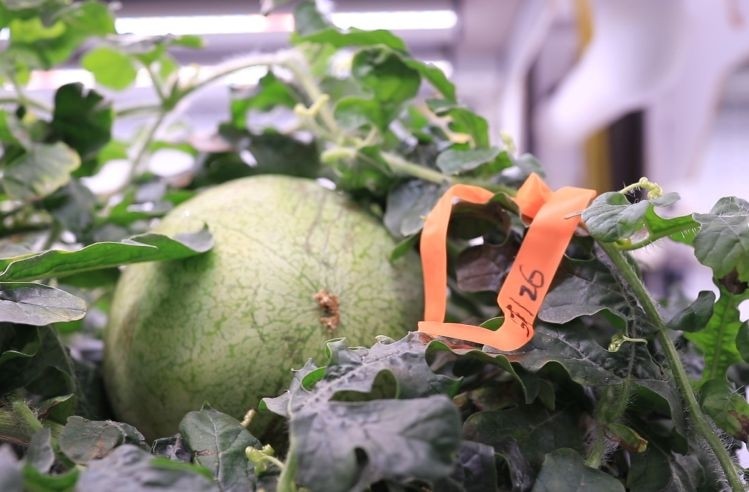
Elo – which was spun out of biotech firm Precision Bio in December 2021 – deploys a variety of plant breeding technologies including a propriety gene editing platform called ARCUS, and is best known for its work with Dole to retool the DNA of the ubiquitous Cavendish banana plant variety to resist the Fusarium wilt fungal disease that is threatening the future of the fruit.
However, its first product – a high intensity plant-based sweetener – could have an equally significant impact on the food and beverage market given the limited toolbox formulators currently have to work with, said chief commercial officer Michele Fite, who recently joined from Motif FoodWorks.
“The whole food and beverage sweeteners market is a $165bn category… but the fastest growing [part] is high intensity sweeteners, which is about a $3bn market. And if you look at natural high intensity sweeteners, there's only two: stevia and monk fruit, which is why we're so excited to jump into that space.”
‘We figured out a way to take that pathway from the monk fruit and put it into crops that you can grow in your backyard’
Right now, said CEO Todd Rands, monk fruit extracts are expensive given that the fruits only grow in a remote area of China.
“We figured out a way to take that pathway from the monk fruit [that produces the sweet component mogroside V, a triterpenoid glycoside 200-300 times sweeter than sucrose] and put it into crops that you can grow in your backyard, bringing food production closer to the places where you need those ingredients, so it's an improvement in terms of its environmental impact, as well as making these sweeteners much more broadly available.
“Melon is our bio factory for the first generation of our sweetener, but… there are some other crops that we’re thinking through that that might be of interest [as biofactories]… imagine a tomato that already has the sweetener in it as a starting point for processed foods and applications [such as ketchup or pasta sauce].”
‘We're producing it in more common varieties of melons that are different than monk fruit’
In the first instance, however, the plan is to retool the DNA of “melon plants that are suited for cultivation in the United States or in countries when you need the ingredient,” said Rands, “and then we harvest the juice from the melons and then that becomes the ingredient that can be blended into thousands of everyday foods as a substitute for sugar.”
“We're producing it [mogroside V] in more common varieties of melons that are different than monk fruit. They're related genetically back in their family trees to some ancient ancestors, but we’re doing it in crops where those genes can still be expressed."
As for the sweetener profile, he added: "Monk fruit extracts on the market today typically provide mogroside V at about 55% purity, but also contain significant levels of impurities and an assortment of other mogrosides. Those other mogrosides and impurities have a significant impact on sweetness and taste. Elo’s product achieves a high level of mogroside V without all the other impurities and other mogrosides, leading to a cleaner sweetness profile."
Elo's sweetener will be more cost effective for two reasons, he said: "We’re producing our sweetener in plant systems that are highly scalable for food production, and we’re able to express higher levels of the sweet mogroside V.
"No one sweetener by itself solves all the problems for sugar replacement in foods," acknowledged Rands, "but having [a natural high intensity sweetener] be more readily available and at a cost point enabling food companies to utilize it in larger scale is going to make a huge difference.”
Labeling, regulation, scale up
So what are the next steps towards commercialization?
“We’ll start by scaling up our production acres,” explained Rands, who said Elo is a b2b ingredients company, although it may form partnerships to accelerate commercialization plans.
“We’ll be contracting with farmers and the crusher. Watermelons basically grow in every state. That's one of the advantages of using the watermelon as it opens us up to producing it where the resources are available and most efficient.
“The regulatory pathway runs in the background in parallel, and that can be a time limiting step as we get our GRAS [Generally Recognized as Safe] notification [to the FDA].
As for IP, he said, “We’ve filed for patents of this pathway. We figured out a few technical innovations to produce this at levels that make it scalable. The pathway itself as to how you produce the sweetener in monk fruit was known, but what we found is a way to make it work in other plants and we filed for the IP around that along with all of the various compositions and we can now do it in different types of crops depending on the food applications we want to go into.”
Asked about labeling, he said: “It's a negotiation with the FDA, but we'll work towards something like super sweet watermelon juice.”
As the final sweetener will not contain any detectible modified DNA, it won't trigger bioengineered labeling in the US, although it won't be able to secure the Non GMO Project butterfly label given that genetic engineering - in this case more traditional approaches rather than the ARCUS platform - has been deployed, he said.
Elo Life Systems was spun out of Precision Bio in December 2021 backed by $24m in VC funding explains Todd Rands (pictured above), who joined as CEO in May 2022: “Elo started as a gene editing company under Precision Bio and Precision realized pretty early on that agriculture wasn't their best target as they wanted to go to human therapeutics.
“So Elo is not the typical startup. They had the better part of a decade of investing and building things and have a sophisticated R&D engine. Our focus now is building out the commercial capabilities and getting more product focused.”
He added: “We’re inspired by nature, looking for the things that are out there that today aren't accessible or easy to scale for industrial food production. We find ways to put them into different plant systems that we can scale up and, and make something healthy and innovative more broadly available.
“To do that we use some gene editing and ARCUS is a proprietary and unique way of doing gene editing that allows you to be very precise about the edits you're making. But we also do traditional transformations.”
Bananas resistant to Fusarium Wilt
The work with Dole to develop Cavendish banana varieties resistant to Fusarium wilt is progressing apace, said Rands.
“They [Dole] are going into their first field trials at the end of this year in Central America, so we'll be shipping the resistant banana candidates down to them and Dole operates the fields and production places down there to test those in the real world conditions.”
Image: Banana varieties growing in Elo's greenhouses. Image credit: Elo Life Systems
